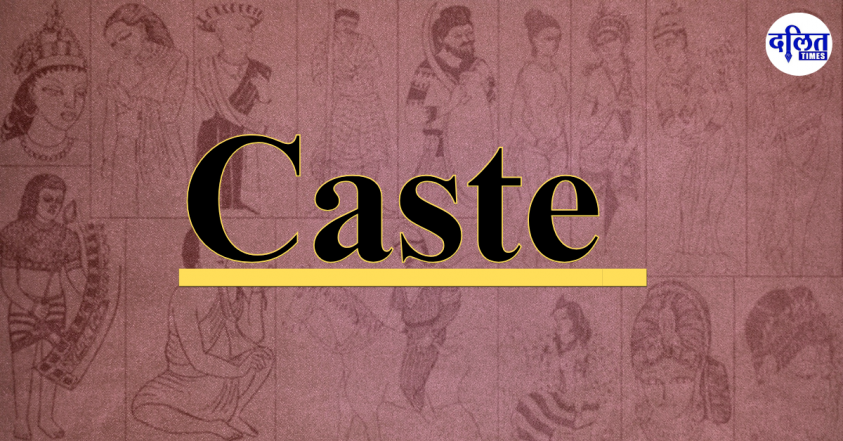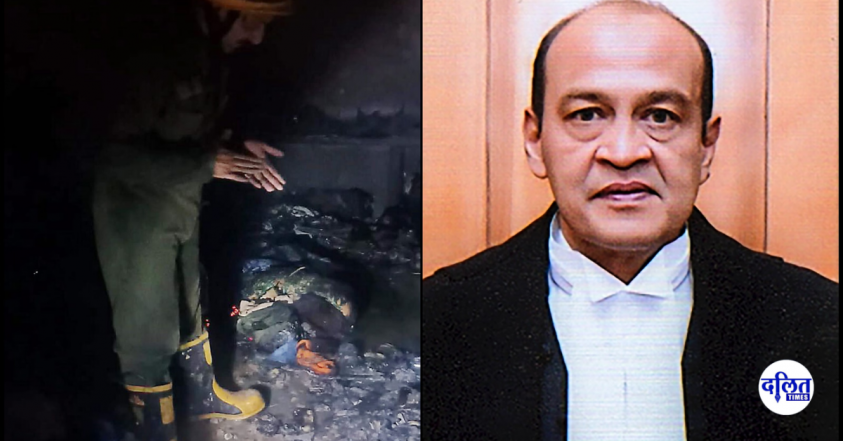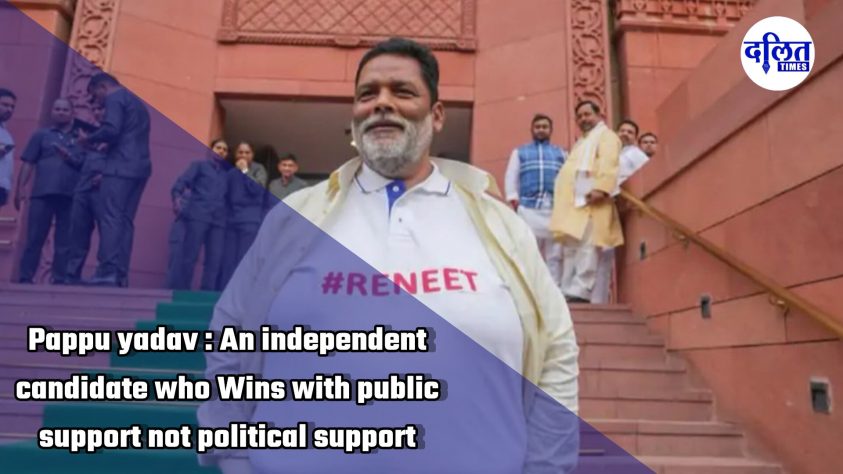In Ambedkar’s view, caste-based discrimination is the foundation of social inequality in India. The caste system creates graded inequalities where higher castes are seen as inherently superior, while lower castes, especially Dalits, are treated as inherently inferior.
Babasaheb Ambedkar, a towering figure in the struggle for Dalit rights and social justice in India, argued that caste-based discrimination is far more fundamental than class-based oppression for Dalits. In his view, caste is not just a social division, it is a structural, unchangeable system that profoundly shapes the social, economic, and political status of individuals and communities. Caste is a permanent feature of Indian society, while class, although important, is fluid and can change with time and circumstances. This distinction between caste and class is central to Ambedkar’s thinking, as he believed that only by dismantling the caste system could true social equality and justice be achieved.
Caste as a Social System and the Basis of Social Identity
Ambedkar argued that caste is more than just a matter of social hierarchy; it is a system of graded inequality that pervades every aspect of an individual’s life. Unlike class, which is primarily concerned with the economic position of a person, caste is deeply embedded in the social fabric and determines one’s identity from birth. In the caste system, a person’s position in society is fixed by their hereditary birth rather than their economic status or individual merit. This is what makes caste fundamentally different from class.
Also read: Targeting the Marginalized: A Disturbing Trend in Universities
Ambedkar argued that caste is inherited and cannot be changed or transcended by individual effort or economic status. For instance, even if a Dalit becomes wealthy or gains political power, they will still remain socially stigmatized and oppressed because their caste status, which is hereditary, is immutable. In contrast, class is a more fluid concept people can move up or down the class ladder based on their economic situation, education, and skills. Economic success can alter a person’s class status, but it does not have the same permanent, unchangeable mark that caste does.
For Ambedkar, the social status of an individual or community is determined primarily by caste. This social discrimination cannot be overcome by economic means alone, because caste positions are not tied to a person’s wealth or education but to a rigid system of social stratification. In other words, caste is about who you are socially, while class is about what you have economically. Therefore, even if a Dalit person becomes a wealthy entrepreneur or an intellectual, they will still be looked down upon by upper-caste communities and face systemic exclusion and discrimination.
Caste as the Foundation of Social Inequality
In Ambedkar’s view, caste-based discrimination is the foundation of social inequality in India. The caste system creates graded inequalities where higher castes are seen as inherently superior, while lower castes, especially Dalits, are treated as inherently inferior. This system not only governs social interactions dictating who can marry whom, who can enter which temples, and where people can live but also shapes economic opportunities.

Ambedkar pointed out that manual labor and other forms of “unclean” work, traditionally reserved for Dalits, are economically exploitative because they are associated with ritual impurity rather than the dignity of labor. This links caste to economic deprivation in a way that class does not. Even though class-based economic oppression is real and impactful, Ambedkar argued that caste-based economic deprivation is more pernicious because it is socially ingrained and is justified by religious doctrines. Dalits, for instance, were not just economically exploited but were also treated as untouchable, reinforcing their exclusion from the social, cultural, and economic mainstream.
Also read:Custodial Murder of Somnath Suryavamshi Sparks Fury and Demands Justice
Caste-based discrimination is, thus, not only an issue of social hierarchy but also an issue of moral and spiritual degradation for Dalits. Ambedkar saw this as the real “curse” of the caste system,
which no amount of economic or political power could overcome without addressing the roots of caste discrimination.
Caste as the Root of Political Oppression
For Ambedkar, caste is not only a social and economic issue, but it is also the foundation of political oppression. The political system in India, especially during British rule, was fundamentally structured around the caste system. Ambedkar argued that the political elite, which largely consisted of upper-caste individuals, used caste-based oppression as a tool of political control. The lower castes, particularly Dalits, were systematically denied political rights and were excluded from positions of power. They were kept out of governance, decision-making, and social institutions that could have empowered them.
Ambedkar famously fought for separate electorates for Dalits to ensure that they had a voice in political affairs, recognizing that mere political inclusion in a system that is dominated by upper castes would not guarantee equality or justice. He understood that caste oppression was so deeply entrenched that any political system that ignored the caste question would fail to address the fundamental inequality faced by Dalits. Therefore, caste-based political representation was a necessary step to ensure that Dalits could protect their rights and fight for equality.
Ambedkar’s vision of political freedom was tied directly to the abolition of the caste system. For him, true democracy could not exist in a society where the social structure was organized around hereditary social divisions that perpetuated inequality and exclusion. He believed that the political liberation of Dalits was intrinsically linked to the social and cultural annihilation of caste.
Also read: Brutal Attack on Dalit Teen Sparks Outrage in Tamil Nadu: Calls for Justice Intensify
Class as Changeable, Caste as Permanent
One of the most important aspects of Ambedkar’s thought is his understanding of the changeability of class compared to the permanence of caste. Class, Ambedkar argued, could be changed through economic advancement, education, and access to resources. If someone from a lower class managed to attain wealth or education, they could transcend their class status. However, caste is unbending; it does not change based on an individual’s achievements or economic status. This is because caste is socially determined, fixed by birth, and rooted in the deeply entrenched ideologies of Hinduism and social tradition.
For Ambedkar, class struggle alone would not liberate Dalits because it does not address the social and religious foundations of their oppression. He believed that abolishing caste was the only way to achieve true social justice and equality. Caste reform, education, and political empowerment were critical, but they needed to be paired with cultural change to dismantle the social and religious ideologies that underpinned caste oppression.
Ambedkar’s Solution: Social Revolution, Not Just Economic Reform
Ambedkar’s solution to the problem of Dalit oppression was not simply economic or political reforms but a social revolution. He believed that the annihilation of caste was the most urgent task for Indian society. His call to convert to Buddhism was, in part, a rejection of the Hindu social order, which he saw as inherently casteist and discriminatory. Buddhism, in his view, offered an ethical and spiritual framework that could transcend the hierarchical and exclusionary practices of Hinduism.
Ambedkar’s emphasis on social revolution was grounded in the belief that caste is not just an economic or political issue but a moral issue. He saw the caste system as a moral stain on Indian society, and any society that allowed caste to persist could never be truly just or egalitarian. His vision was not only to improve the material conditions of Dalits but to transform their social and cultural status.
Conclusion
From Ambedkar’s perspective, caste is the more fundamental issue than class for Dalits. Caste is immutable it cannot be changed through economic or political means alone. It is a deeply entrenched social system that governs every aspect of a Dalit’s life, and until caste is destroyed, true social equality will remain unattainable. Economic reforms and class mobility are important, but they cannot address the root cause of Dalit oppression—the social, cultural, and religious foundations of caste. For Ambedkar, the struggle for Dalit liberation was not only about economic advancement or political participation but about the complete annihilation of the caste system, which he saw as the central impediment to achieving a just and equal society.



